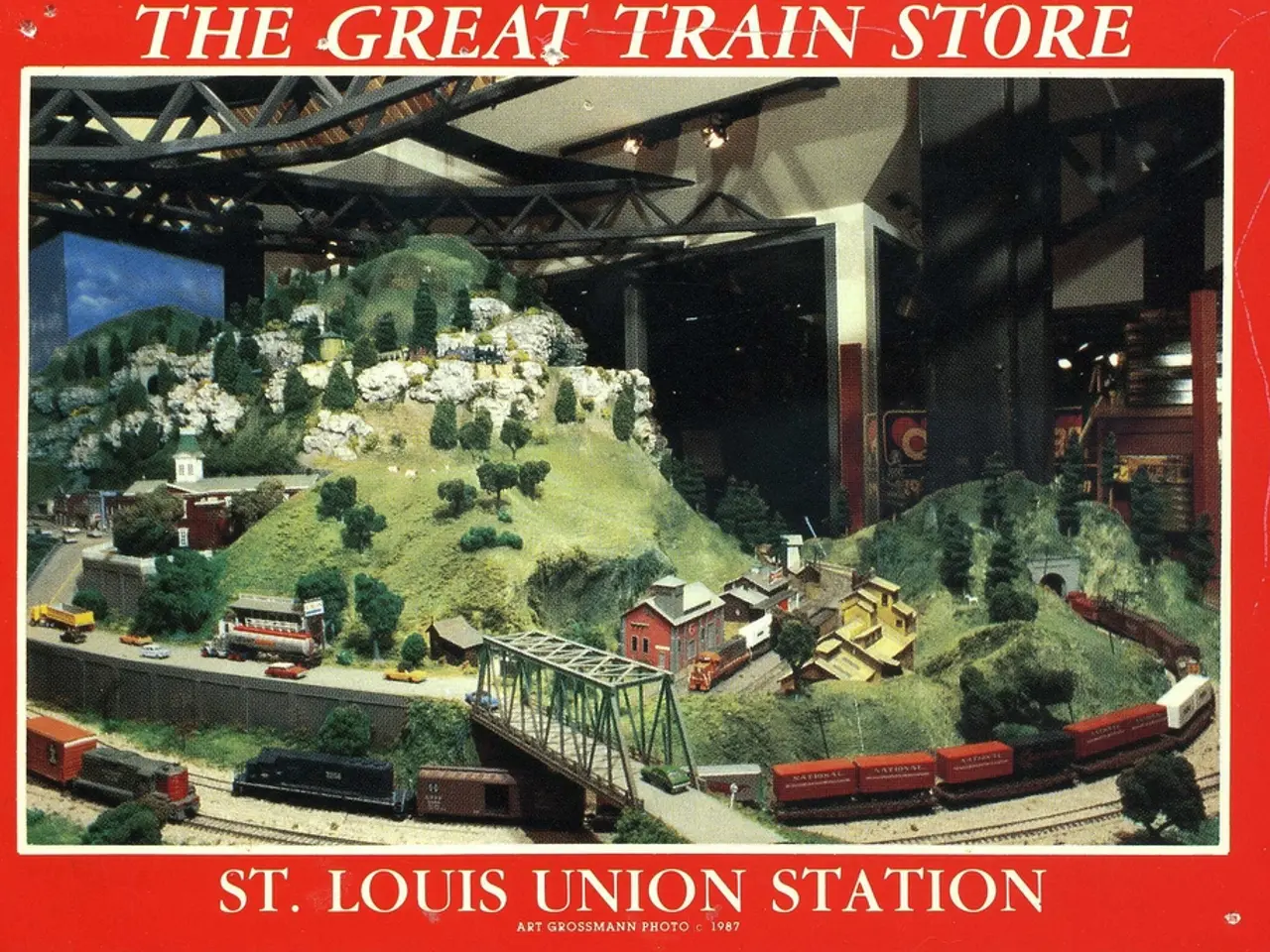Revitalization projects in June experienced a deceleration, despite an increase in project orders.
The urban rehabilitation sector is undergoing a significant transformation, driven by sustainability, government policy, and urban renewal initiatives. This evolution is particularly evident in the growth and development of residential buildings, which are playing a key role in the sector's progress.
According to the latest data, the segment of residential buildings experienced a notable growth of 17.6%, with 1,684 licenses issued. This growth is a significant element in the observed evolution of urban rehabilitation activity. However, it is important to note that the licensing data only pertains to interventions that require prior municipal control, not the entire urban rehabilitation activity in the country.
The growth in residential buildings is a key contributor to the increase in licensed interventions. The activity in this sector is primarily focused on the renovation and upgrading of dilapidated residential housing and urban villages, supported by government-led programs targeting aging urban infrastructure. This sector is viewed as a growth engine for the property market, encouraging both public and private investments in upgrading residential stock to modern, sustainable standards.
The urban rehabilitation sector's activity is characterized by a strong governmental push for urban renewal and rehabilitation of aging housing and infrastructure. This has boosted demand for construction services, materials, and infrastructure-related investments, implying increased activity and order backlogs in rehabilitation projects backed by state and private capital.
There is also a shift in production towards sustainable urban rehabilitation projects that emphasize green infrastructure. Over 45% of new developments now incorporate eco-conscious elements, such as urban landscape beautification, into their designs. This focus on sustainability and multifunctional green spaces that handle recreation, stormwater, and biodiversity has stimulated project initiations and contract awards.
The sector is also witnessing an expansion of infrastructure REITs to cover rental housing and elderly care facilities, further supporting formal regulatory facilitation of rehabilitation projects. Additionally, urban rehabilitation increasingly integrates technological innovations, such as smart irrigation, sensor-based landscaping, and AI-driven urban farm management, contributing to enhanced efficiency and sustainability of urban renewal projects.
In conclusion, the urban rehabilitation sector is in an active growth and transformation phase with increasing project initiations, strong contracted production focusing on sustainable and multifunctional urban environments, and regulatory support reflected through growing municipal licensing aligned with extensive renewal programs. Residential rebuilding and renovation remain core components of this trend, driven by government initiatives and technological innovation.
- What is fueling the growth in the urban rehabilitation sector? It's primarily the increased focus on residential rebuilding and renovation, driven by government initiatives and technological innovation.
- How is the finance industry involved in the urban rehabilitation sector? There is an increase in public and private investments in upgrading residential stock to modern, sustainable standards, which is seen as a growth engine for the property market.




